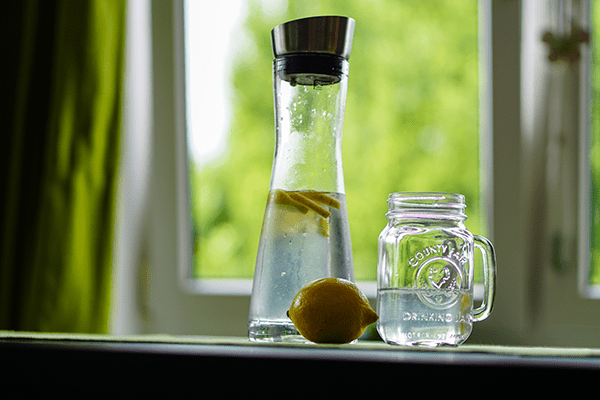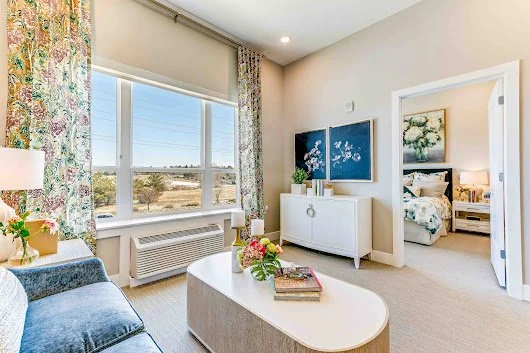How to Keep Bones Healthy: Bone Loss Prevention Tips
Keeping your bones healthy as you age is important for preventing osteoporosis and fractures. Osteoporosis is a disease that weakens bones and makes them more likely to break, and it affects millions of people around the world. However, it’s possible to prevent or delay the development of osteoporosis by taking steps to keep your bones strong and healthy.
Eat Enough Calcium and Vitamin D
Calcium is an important mineral for bone health, and vitamin D helps your body absorb calcium. Adults over 50 should get at least 1,200 milligrams of calcium per day, either through diet or supplements. Calcium-rich foods include dairy products, leafy green vegetables, and fortified foods such as orange juice or cereals. Vitamin D can be obtained through exposure to sunlight, supplements, or foods such as fatty fish, eggs, and fortified milk products.
In a senior living Centennial, calcium and vitamin D intake is often a key component of the dietary program. Many of these communities provide meals that are tailored to meet the nutritional needs of seniors, and often have an emphasis on bone health.
Do Weight-Bearing Exercise
Weight-bearing exercises are important for building and maintaining bone density. Examples of weight-bearing exercises include walking, jogging, dancing, and resistance training with weights or resistance bands. These types of exercises help stimulate the formation of new bone and slow the rate of bone loss. Regular physical activity can greatly reduce your risk of osteoporosis and other bone-related diseases.
Many retirement communities Centennial have fitness programs that include weight-bearing exercises as part of their offerings. These programs are designed to help seniors maintain bone strength while also being mindful of their individual physical limitations.
Quit Smoking and Limit Alcohol
Smoking has been linked to lower bone density, while excessive alcohol consumption can impair your body’s ability to absorb calcium. Quitting smoking and limiting alcohol intake to moderate levels can help protect your bones from damage.
If you’re living in a retirement home Centennial, there are often resources available to help residents quit smoking and improve their overall lifestyle. These resources can be an important part of maintaining good bone health.
Get Screened for Bone Density
Bone density tests, also known as DEXA scans, can help detect osteoporosis before fractures occur. These tests measure the strength of your bones and can help your healthcare provider develop a plan to protect your bone health. Regular bone density screening is recommended for women over 65 and men over 70, or earlier if you have risk factors for osteoporosis such as a family history of the disease or long-term use of corticosteroids.
Talk to your healthcare provider about whether medication is right for you
In some cases, diet and exercise alone may not be enough to prevent significant bone loss. Your healthcare provider may recommend medications such as bisphosphonates, hormone therapy, or other bone-preserving drugs to help maintain bone density and reduce your risk of fractures.
In a retirement community Centennial, your healthcare provider may also be available on-site to help manage any medications you may need to take as part of your overall care plan.
Practice Balance and Fall Prevention
Falls are a major risk factor for fractures, particularly in older adults. Strengthening exercises, balance training, and making sure your home is safe and free of tripping hazards can all help prevent falls. This can include things like installing grab bars in the bathroom, removing clutter from walkways, and making sure there is good lighting throughout your home.
Many retirement communities and senior living communities also offer balance and mobility classes to help reduce the risk of falls. Additionally, these communities may also make modifications to the environment to help prevent falls, such as adding grab bars in bathrooms and walk-in showers.
By taking these steps to keep your bones healthy and strong, you can reduce your risk of developing osteoporosis and other bone-related diseases. Maintaining good bone health is essential for a long, active life, and the sooner you start taking steps to protect your bones, the better.



















